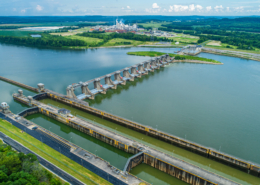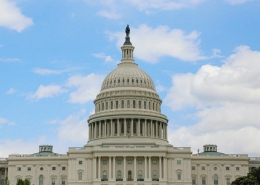Throughout my years of service as a Naval Officer I was frequently reminded that experience matters. The same holds true in my current role as the U.S. Department of Transportation (DOT)’s Maritime Administration (MARAD) Administrator. Experience has affirmed for me that our American mariners are extraordinary people, willing to carry out their mission in the face of many obstacles—the elements, isolation, and most recently – terrorist attacks in the Red Sea. Balancing work life with personal life can be very challenging and unpredictable for our mariners, but they have a resilient spirit and are well-acquainted with the ability to adapt. The overuse of that ability, however, can result in burn-out, and so addressing the stress of unpredictability shared by current mariners and those aspiring to become mariners, must remain a top priority of MARAD and industry.
Last month, MARAD rolled out its “Mariner Workforce Strategic Plan” for FY 2023 to FY 2027, which lays out a bold, five-year initiative to strengthen MARAD’s mariner education and training programs and improve retention within the industry. The maritime industry employs over 650,000 Americans who serve afloat and ashore, supporting both Jones Act domestic cargo movement and international trade. Supporting mariner retention and attracting the next generation of employees to this industry is paramount to maintaining and strengthening national security and economic prosperity.
With a focus on recruitment, training, and retention, the strategy tackles challenges that have persisted for some time, as well as new and emerging issues. It also expands on MARAD’s existing workforce initiatives to foster industry growth and expand the pool of U.S. mariners and the U.S.-flag fleet. The strategy identifies six dynamic and comprehensive goals to build on existing programs while identifying new target initiatives for the future; strengthen mariner workforce development programs; support mariner education and training institutions; improve mariner workforce diversity, equity, and inclusion; ensure the availability of sufficient skilled mariners for national security; support maritime innovation; and ensure superior policy execution and stewardship of resources. I invite all of you reading this editorial to read the Mariner Workforce Strategic Plan in full, on MARAD’s official site.
Our goals set forth in the strategy support MARAD’s pivotal role in strengthening national security and economic prosperity while meeting the evolving requirements of industry. As the maritime industry continues to support both domestic and international trade, the implementation of these strategic initiatives will ensure the availability of a diverse, skilled, and well-trained maritime workforce. Through collaboration and innovation, MARAD’s plan sets a course for the future—promoting industry growth and ensuring the capacity and readiness of our nation’s mariners to meet the challenges of tomorrow’s limitless seas.













